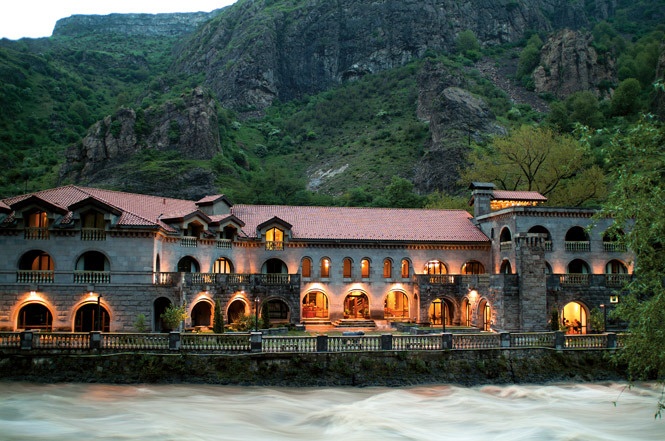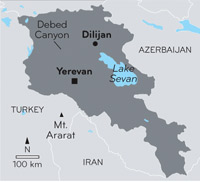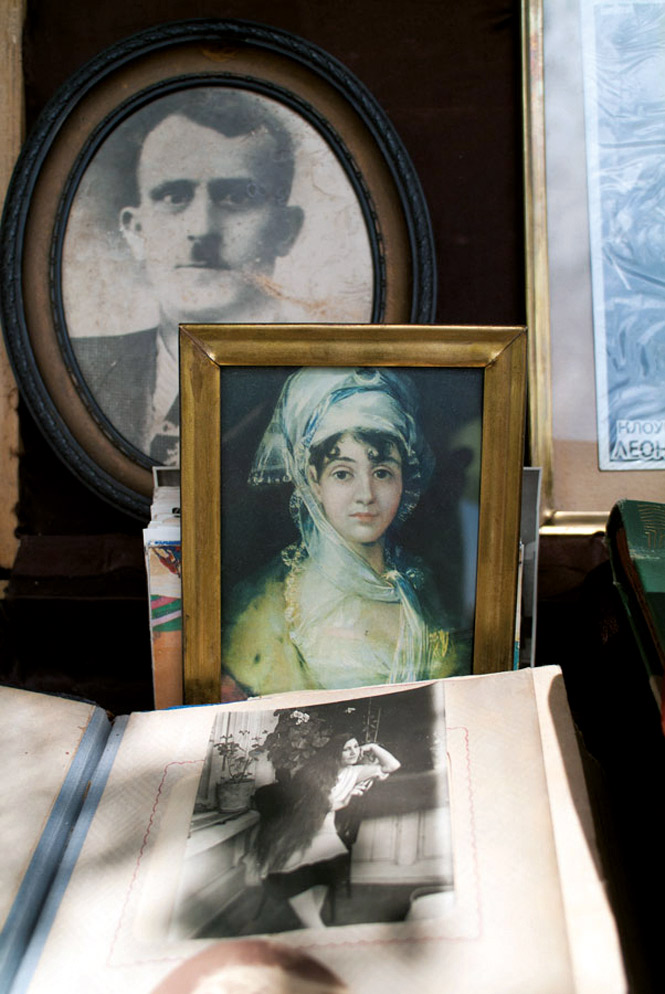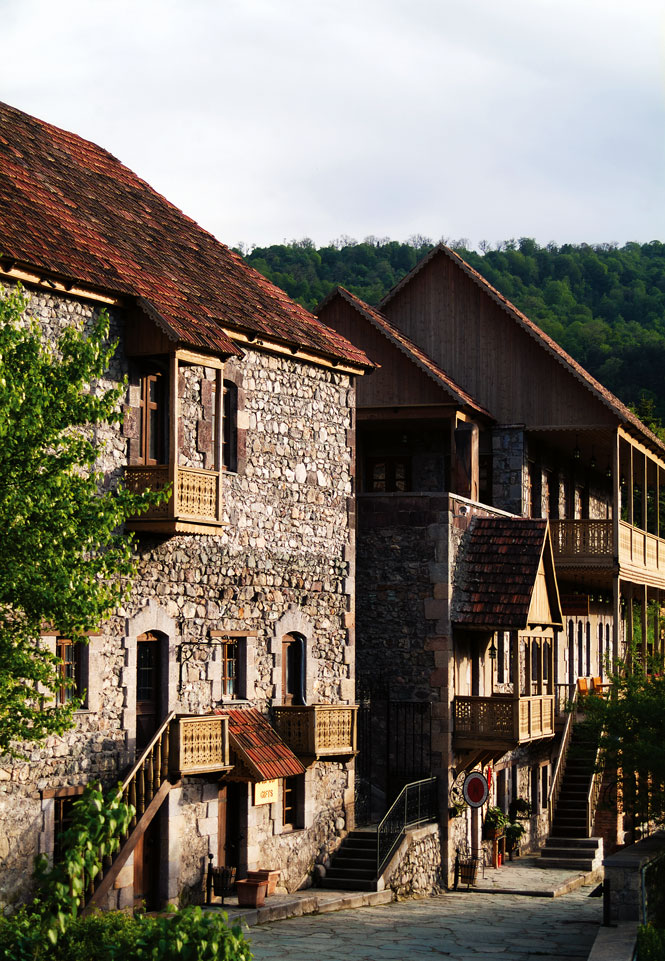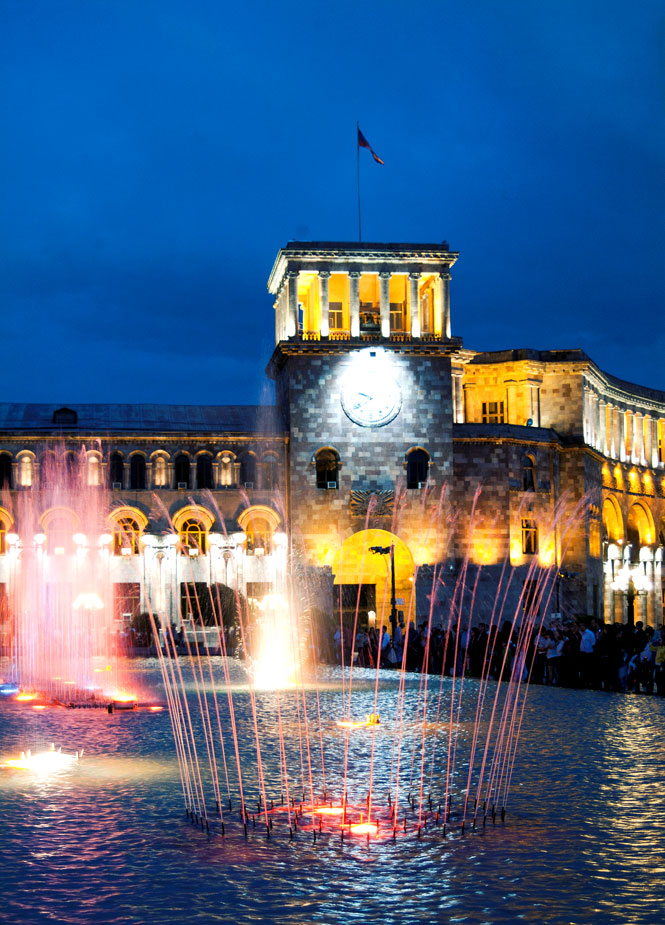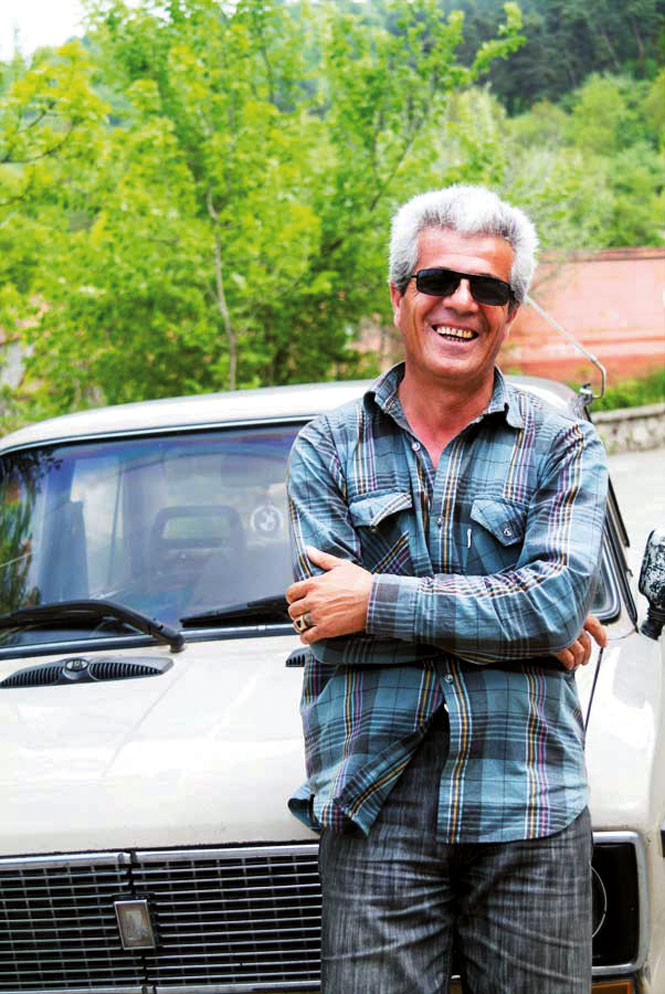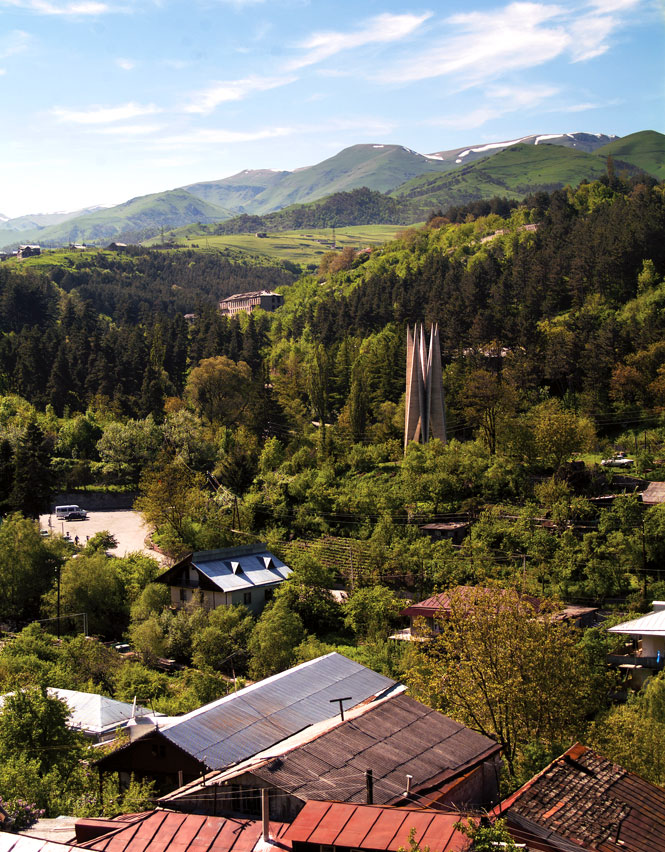Above: The Avan Dzoraget Hotel.
Rich history and quirky pleasures abound in this seldom-visited corner of the Caucasus
By Leisa Tyler
Photographs by Leisa Tyler
“Don’t point your camera at Armenia. They’ll shoot.”
This warning is delivered as I buy my ticket to enter Ani, an evocative collection of ruins arrayed across a grassy plain at the edge of a deep river gorge. Armenia’s royal capital in the 11th century, a city whose beauty and fame is said to have once rivaled Cairo and Constantinople, Ani is now northeast Turkey’s main tourist attraction; it’s also a military zone. Detached from the jewel of its imperial history by the rushing Akhurian River and a three-meter-high barbed wire fence, Armenia scowls from watchtowers across the gorge.
Ani was captured by the newly formed Turkish Republic in 1920, shortly after Armenia’s violent and bloody separation from the Ottoman Empire. Later that same year, the Red Army invaded Armenia from the northeast, and incorporated the rest of its territory into the Soviet Union. When the latter collapsed in 1991, Armenia was the first Soviet republic in Asia to declare its independence. Its economy, however, was in shambles, as was its relationship with neighboring Azerbaijan, with which it was soon fighting a border war.
Now, though, the tiny landlocked nation is picking itself up and readying for a new era. Dubbed the Caucasian Tiger, Armenia has had a roaring start to the new millennium, its GDP growing between 10 and 13 percent a year. Many of its émigrés are coming back and reinvigorating trade and cottage industries. Tourism, too, is beginning to make headway. Several ancient churches have been listed as World Heritage monuments; museums have opened; a clutch of boutique hotels now offer visitors more comfortable places to stay; and independent travelers are trickling in to explore the quirky delights of a little-known country that often seems stuck in a Soviet time warp. Intrigued, I decide to visit the place for myself.
Though I catch my first tantalizing glimpse of Armenia from Turkish soil, the border between the two countries remains closed, forcing me to divert north, through neighboring Georgia, to make the crossing. As we leave the flat, fertile plains of Georgia behind, the road tucks into the Debed Canyon, a spectacular ravine cut deeply into snow-crested mountains thick with alpine forest. At its heart is a turbulent river overlooked by the remains of Soviet-style concrete housing blocks and soot-blackened factories billowing thick smoke. Houses cling to the precipices, their windows patched with sheets of plastic and plywood. We stop at Alaverdi, a dusty mining town where stores all sell the same paltry goods: two dozen brands of vodka, mineral water, and chocolate. I see no restaurants or cafés, only the odd roadside stall char-grilling lamb for the buses and cars that occasionally roll through.
But amid this humble, bedraggled landscape is a wealth of history. Armenia was the world’s first Christian nation, adopting the religion in 301 A.D. after King Tiridates III was cured of madness by Saint Gregory the Illuminator. From the 10th to the 13th centuries, the Debed Canyon flourished as a center for religious scholarship, and two of the area’s most important monasteries, Sanahin and Haghpat, now constitute a World Heritage Site. Commanding spectacular views over rolling hills awash with red and yellow wildflowers, these conical-roofed churches, though indifferently restored, are star attractions in the canyon’s budding tourism industry.
The other draw card is the Avan Dzoraget, a hotel created by by U.S.-born Armenian carpet dealer James Tufenkian, who returned to his ancestral homeland after the fall of the Soviet Union to find it in economic ruin. Set above the rushing water of the Debed River and backed by steep woodlands, the Avan Dzoraget is the most beguiling of the four properties currently operated by Tufenkian Heritage Hotels. It has a romantic, castle-like stone facade and 34 rooms made cozy with hand-woven carpets and thick wool blankets. Most of the staff speak English—a welcome rarity in these parts—and the restaurant serves delicacies like succulent beef stew with pomegranates and a zesty salad of oranges, pears, walnuts, bell peppers, and lemon.
I would be happy to linger in the Debed Canyon, spending my days exploring little-visited ruins and my nights washing down the evening’s feast with local Ararat brandy (reportedly Winston Churchill’s favorite tipple). But I hear that the town of Dilijan is just as pretty, so the next morning I hire a jovial taxi driver with gold teeth and a zippy little Russian-built Lada for the two-hour drive there.
In the 1800s, heavily forested Dilijan was a popular mountain retreat for wealthy urbanites escaping the summer heat. Today, the town is a lethargic backwater with a declining population and an eclectic mix of Soviet and traditional architecture. Tufenkian Heritage, together with the local government, has been dutifully restoring the old city into a tourist attraction, with boutiques, a restaurant, and two guest rooms. The stone buildings, with carved wooden banisters and doors opening onto a cobbled street, are atmospheric enough, but Dilijan groans with sleepiness. The sidewalks are cracked, the grass unkempt, the buildings moribund, and the only place to get a bite outside the Tufenkian complex is a greasy shashlik café.
With little reason to linger, I head for Lake Sevan, Armenia’s largest body of water and premier tourist destination, an hour’s drive away. The lake used to be bigger, until hydroelectricity and irrigation projects by Soviet engineers in the 1930s began draining it. Fortunately, the work was halted before Lake Sevan met the same fate as the Aral Sea in Uzbekistan, which dried up altogether when the same engineers diverted its water for irrigation.
Sevanavank, the main resort town, is a cluster of Soviet-style hotels and makeshift resorts of converted shipping containers that can be rented out for 6,000 drams (about US$17) a night. Bright red Coca-Cola tents blasting Russian pop music serve delicious char-grilled trout fresh from the lake, paired with lemon, dill, salad, and Russian Baltika beer. People flock to the shores—I meet Iranian tourists feasting on fish, a wedding party from Yerevan, and Singaporeans who have come to visit Sevanavank’s ninth-century monastery, built on what was once an island but is now a peninsula. And yet, beneath the bustle, the place has an abandoned air.
In contrast, when I arrive at handsome and cosmopolitan Yerevan, its wide boulevards lined with 19th-century apartment blocks and a proliferation of good restaurants and museums, I almost feel like I’m in another country. I could happily spend weeks people-watching from the many sidewalk cafés, feasting on mezze and cheese pies, and visiting the numerous museums. My favorite is the Sergei Parajanov Museum, which offers a glimpse into the eccentric Armenian filmmaker’s life; Parajanov spent four years in a Soviet gulag after gaining international acclaim for his 1968 masterpiece The Color of Pomegranates.
Yerevan’s other key attraction is the weekend flea market. Stretching for hundreds of meters, people gather to sell goodies of all shapes and sizes, from brass plumbing fittings to nesting dolls and animal pelts —including, sadly, a few endangered ones. There is also an entire section dedicated to paintings of Mount Ararat, Armenia’s sacred mountain and the biblical landfall of Noah’s Ark.
The mountain is depicted at the center of Armenia’s coat of arms, an emblem of its long, proud history. It lies less than 50 kilometers from Yerevan; on a clear day, I’m told, it dominates the city’s skyline, though I don’t get the chance to witness this myself. Like Ani, Mount Ararat now belongs to Turkey, and throughout my stay, it remains as shrouded by mist as Armenia’s other lost glories. Only when my Dubai bound plane is taking off from Yerevan’s Zvarnots International Airport do the clouds part, revealing Ararat’s snow-frosted summit. Delighted “oohs” and “aahs” ring through the cabin, so the pilot swings the plane around for a picture-perfect view, with Turkey staring back from the other side.
THE DETAILS:
Armenia
Getting There
Armavia Airlines (armavia.am) operates thrice-weekly flights between Yerevan and Dubai, and a weekly flight to Delhi. Visas are required for most nationalities, and can be obtained upon arrival in the airport, or online via Armenia’s foreign ministry (evisa.mfa.am).
When to Go
Armenia can be unpleasantly hot in the summer and freezing cold in winter. Spring (which arrives in most of the country for April and May) and autumn (September–November) are the best times to visit.
Where to Stay
Easy walking distance from the capital’s main attractions, the Marriott Armenia Hotel Yerevan (1 Amiryan St.; 374-10/599-000; marriott.com; doubles from US$214) has 226 rooms, the best of which overlook Republic Square.
Tufenkian Heritage (374-10/655-877; tufenkianheritage.com) runs four properties in Armenia: the charming Avan Dzoraget Hotel in the Debed Canyon; the Avan Villa Yerevan; the Avan Marak Tsapatagh Hotel on the eastern shore of Lake Sevan; and the Old Dilijan complex.
Originally appeared in the February/March 2011 print issue of DestinAsian magazine (“Armenian Rhapsody”)

